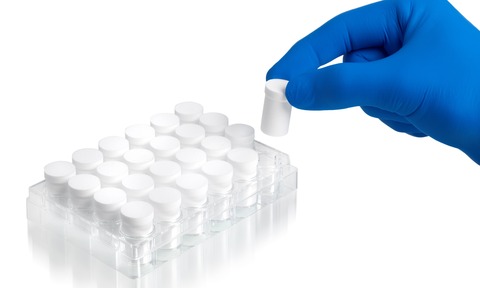
TAP Biosystems will be unveiling its latest development in 3D cell culture at the Society of Toxicology meeting.
The group’s latest development, the RAFT kit, can produce realistic, reproducible single or multiple 3D cell cultures in physiologically relevant collagen scaffolds.
It can also be used to improve the results of a range of cell based assay models including those suitable for in-vitro toxicology models.
According to the company, the kit was developed in response to researchers’ requests for a 24-well format to generate single or multiple collagen-based 3D cell culture models, ready for in-vitro toxicology research.
The 24-well kit is the latest addition to the RAFT 3D cell culture portfolio that includes an automation-friendly 96-well version, as well as a kit for 3D cell culture using inserts, enabling researchers to use the RAFT system in a range of therapeutics areas for cell-based screening, modelling and research.
At the Society of Toxicology (SOT) meeting, booth 1159, TAP’s staff will demonstrate how to mix the reagents from the RAFT kit with a choice of cells at the desired cell seeding densities, pipette into a selected type of 24 well plates (Corning, Greiner Bio-One, Millipore and Nunc plates are compatible) and incubate for 15 minutes at 37 degrees C to form a cell-seeded collagen hydrogel.
The RAFT absorbers are placed manually onto the hydrogels, and in 15 minutes the medium is wicked gently into the absorbers, leaving cells encapsulated in physiological strength collagen.
This 3D cell culture is then suitable for use in in-vitro cell-based assays using analytical techniques such as cell proliferation and immunofluorescent imaging.
The SOT meeting will is taking place until March 14 at the Henry Gonzalez Convention Center San Antonio, Texas.
Product features
- Packaged individually to give ultimate flexibility in producing the number of cultures required, without any wastage of consumables or reagents.
- Leverages the RAFT collagen-based process and works with specially-developed reagents and a plate heater to generate 3D cell cultures using a simple protocol, in less than an hour.




